
Mechanical Operations - Engineering
Q1: Trommels employ __________ for screening of materials.A fibrous cloth
B woven wire screen
C punched plate
D none of these
ANS:C - punched plate Trommels employ woven wire screens for screening materials. Here's a brief explanation of each option:
|


For help Students Orientation
Mcqs Questions
One stop destination for examination, preparation, recruitment, and more. Specially designed online test to solve all your preparation worries. Go wherever you want to and practice whenever you want, using the online test platform.

